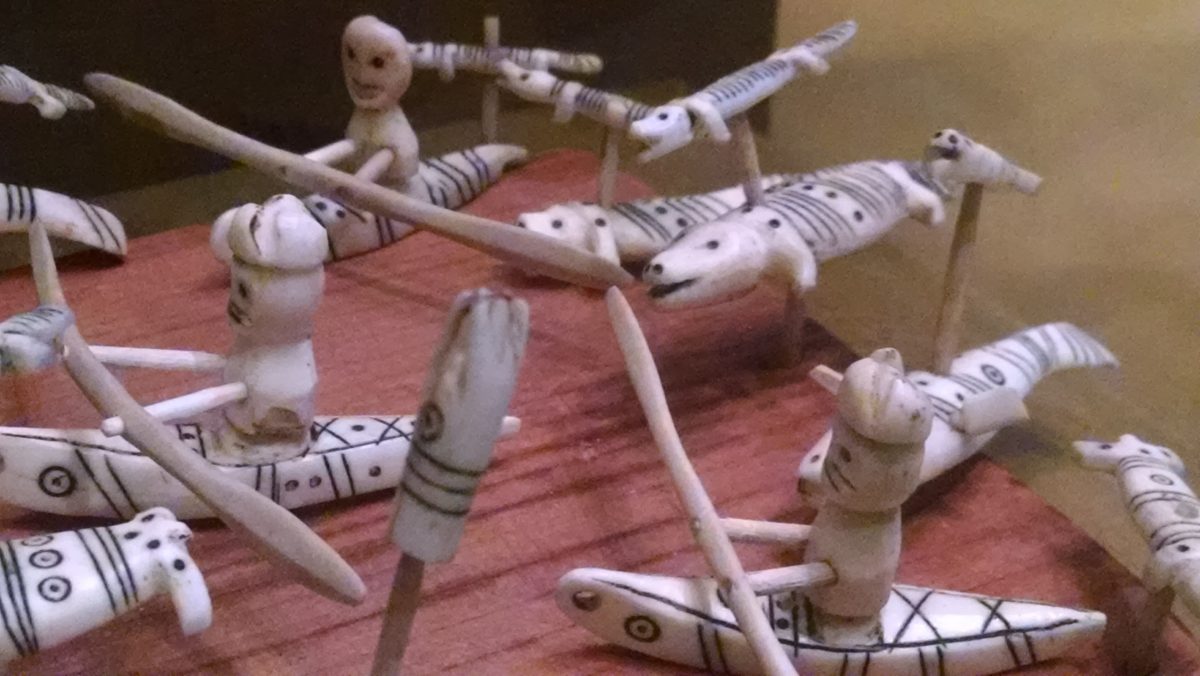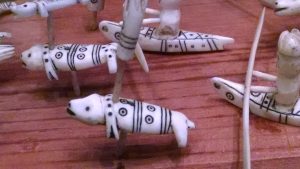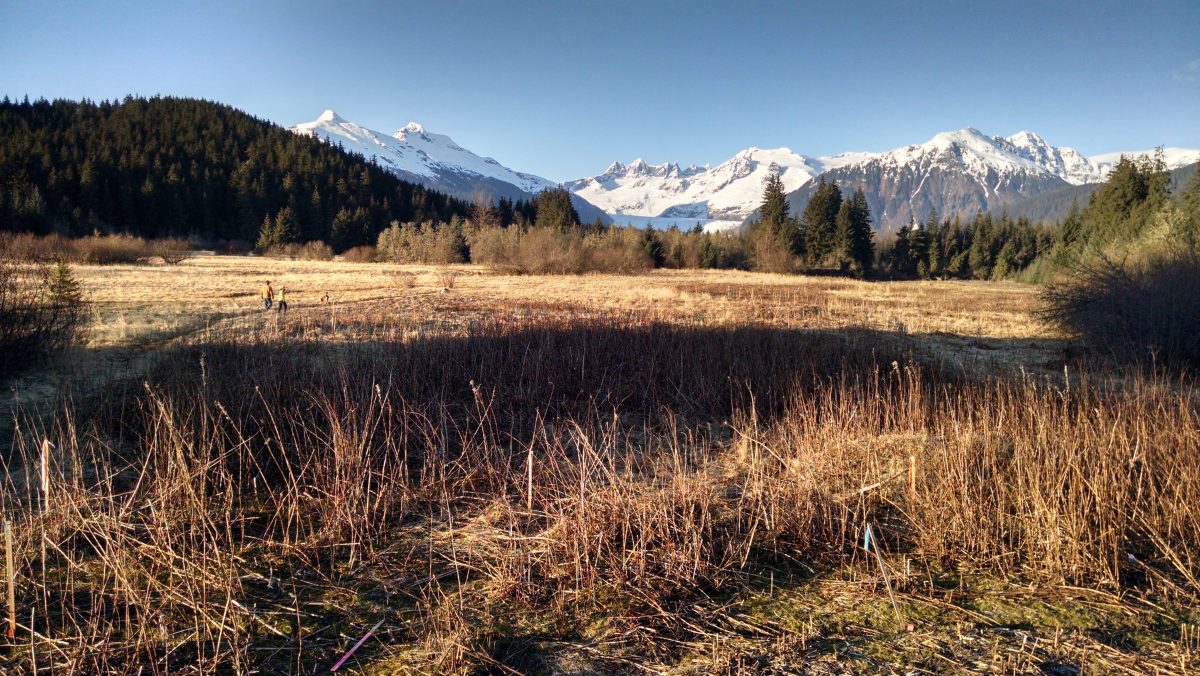One the key elements that stood out when talking with a student at the Tlingit Language camp was when I asked him about the advice that he could give me for when I was in the class room. He said to speak to the students as an equal and not down to them. At the camp, the elders are held in high regard and respected, but no one is above anyone else. It was a refreshing view point and a good reminder to not talk down to students. I will take his advice to heart when entering the classroom in the fall. It was amazing to hear the wisdom of the elders resonating in the voice of the teenager’s voice. The dancing was also very humbling and character building. It was quite exciting to hear how pumped up the kids were for another dance.
I also had a really good time on the Math Trail and the moss diaper experiment. I was never much into formulated recipe like experiments, and I was a little surprised with how much I was caught up in the process as we delved into our experiments. Working with the moss and discovering the saturation point was very cool. I had read about the use moss as a diaper and other hygiene products, so seeing it in action really brought everything to a better understanding. If ever I know someone in a diaper jam, I will look to the forest floor to help!
It was a great opportunity to listen to Ernestine Hayes, the author of Blonde Indian, read a few passages from her book which brought the reader to her classroom of Capital School and on the docks not far away. Growing up in Juneau, I know of these places. I heard stories of fetching halibut cheeks from the Juneau Cold Storage that burned to the ground. Realizing there was a parallel history between Ernestine’s experience and my families as she read, made for an uncomfortable listening for me albeit an important uncomfortable feeling. I worried that it was an aunt or an uncle that had been a part of her torment. Knowing there was an absence all together and how it shaped her and made her feel unwelcome, also proved to stir angst. Something was amiss and it is disheartening to hear about, but it is a reality that many students of color face everyday. She was also very adamant that little has changed. I have taken her words to heart and hope to right the ship not by saving the kids but by empowering them to help themselves. I asked my mom if she knew Ernestine and her book. She has read her book, but said she did not know of her growing up. She is about the same age, but shared that though they lived near by everything and everyone was more often than not separated.
Ernestine has an amazing story to tell and a great gift for telling her story. Sharing her story in the classroom, would resonate especially here in Juneau with it being at the heart of her story. Ideally, she would be willing to read another passage of her new book to a few more classrooms this year. Here’s hoping!


